Every year, millions of people buy medications online. Some get their pills from a trusted local pharmacy. Others click through ads promising cheap prescriptions with free shipping. But here’s the truth: licensed pharmacies are the only ones you can trust to give you safe, real medicine. The rest? They could be selling fake, expired, or dangerous drugs.
Why Licensed Pharmacies Matter
Counterfeit drugs aren’t just a problem overseas. In the U.S., the FDA estimates that 1% to 3% of the $575 billion prescription drug market comes from unlicensed sources. That’s between $5.75 billion and $17.25 billion in fake or unsafe medications floating around. These aren’t harmless imitations. Some contain no active ingredient. Others have too much or too little of the drug. Some are laced with rat poison, fentanyl, or industrial chemicals. Licensed pharmacies are the firewall between you and that danger. They’re required by law to follow strict rules: pharmacists must be licensed, facilities must pass inspections, and all drugs must come from approved suppliers. The National Association of Boards of Pharmacy (NABP) tracks over 66,000 licensed pharmacies in the U.S. And 92% of them stay in good standing - meaning they’re actively complying with state and federal rules.How to Spot a Legitimate Pharmacy
If you’re buying medicine - whether in person or online - here’s what to check:- Requires a valid prescription. Any pharmacy that sells prescription drugs without one is illegal. No exceptions.
- Has a physical address. Type it into Google Maps. If it’s a residential house, a PO Box with no storefront, or a location that doesn’t exist, walk away.
- Displays a state pharmacy license. Legitimate pharmacies show their license number visibly - on the wall, on their website, or in their app. If you can’t find it, ask.
- Has a licensed pharmacist available. In 45 states, it’s required that a pharmacist be on-site or available by phone to answer questions. Call them. Ask about side effects. If they can’t talk to you, they’re not legit.
- Is verified by NABP’s VIPPS program. The Verified Internet Pharmacy Practice Sites (VIPPS) seal means the pharmacy has passed a rigorous review. Look for it on the website. Click it. It should link to the NABP verification page.
How to Verify a Pharmacy License (Step by Step)
Verifying a pharmacy doesn’t take long - and it could save your life. Here’s how:- Find your state’s board of pharmacy website. Search for “[Your State] Board of Pharmacy.” For example, California’s is pharmacy.ca.gov. Florida’s is flhealthsource.gov.
- Use their license lookup tool. Most have a free search tool. Enter the pharmacy’s name or license number. Don’t include prefixes like “Pharm.” or “LP” - just the numbers.
- Check the status. Look for “Active” or “In Good Standing.” Avoid any pharmacy marked “Inactive,” “Suspended,” or “Under Investigation.”
- Look for disciplinary actions. Some states list past violations - like dispensing errors or selling without a license. Even one red flag is enough to walk away.
- Double-check with NABP Verify. Go to nabp.pharmacy and use their national database. It pulls data from 50+ state boards. If the pharmacy shows up here as active, you’re safe.
Pro tip: California requires pharmacies to display their license number on every prescription label. If yours doesn’t have it, call the board. In March 2024, a woman in San Diego discovered her pharmacy’s pharmacist-in-charge had resigned - and no one was legally authorized to fill prescriptions. She caught it because she checked the license status.
Online Pharmacies: The Biggest Risk
The biggest threat today comes from online pharmacies that look real but aren’t. They use fake seals, copy legitimate websites, and even hire actors to pose as pharmacists in videos. The FDA’s Operation Safety Script found that 1 in 4 online pharmacies selling prescription drugs operate without a license. And here’s the scary part: many of them use fake NABP accreditation seals. You can’t just trust a logo. You have to click it and see if it links to a real verification page. The Verified Pharmacy Program (VPP), launched in 2020, helps multi-state online pharmacies get verified in one go. But only 312 pharmacies are enrolled as of late 2023 - meaning most online sellers still fly under the radar.What to Do If You’ve Been Scammed
If you bought medicine from a shady site:- Stop taking the pills. Even if they seem to work, they could be poisoning you.
- Call your doctor. Tell them what you took and where you got it.
- Report it to the FDA. Use their MedWatch portal at fda.gov/medwatch.
- File a complaint with the FTC. Go to reportfraud.ftc.gov.
- Check your bank statements. If you paid with a credit card, dispute the charge immediately.
In July 2023, a man in Ohio lost $850 to a fake pharmacy that showed a forged NABP seal. He didn’t realize it was fake until his pills didn’t work and his doctor flagged the batch. He filed a report - and later found 17 others had been scammed by the same site.
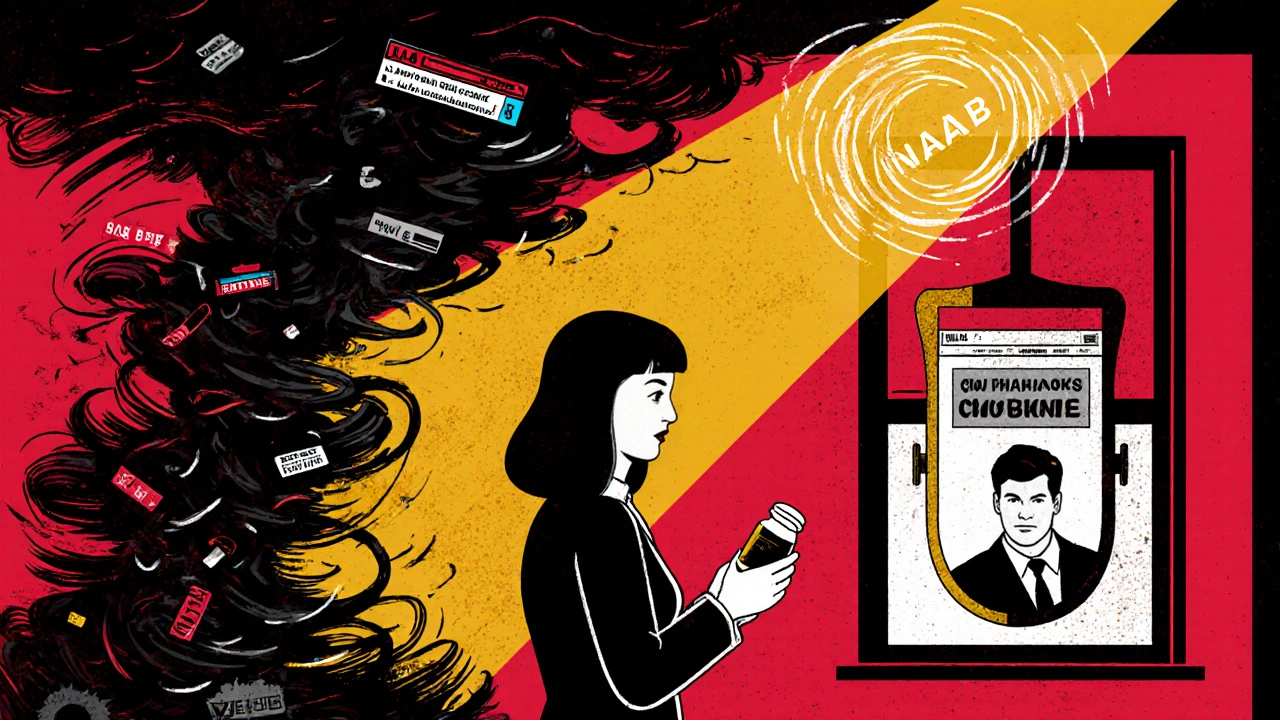
Why Verification Isn’t Perfect
Let’s be honest: the system isn’t flawless. Some states charge $120 to verify a license. Others do it for free. California takes 30 days to respond to written requests. Florida gives you instant results online. Some states require fingerprint background checks. Others don’t. This inconsistency confuses people. A 2023 University of Florida study found that 38% of consumers didn’t understand what “administrative suspension” meant. Another study showed the average person spends only 2.7 minutes checking a pharmacy - not nearly enough time to spot a fake. And here’s the kicker: many pharmacies that are legally licensed still cut corners. A 2022 NABP enforcement report found that unlicensed pharmacies are 4.7 times more likely to dispense the wrong medication and 8.2 times more likely to be involved in controlled substance diversion.What’s Changing in 2025
Regulators are catching up. In January 2024, California started requiring out-of-state online pharmacies shipping to residents to offer an 800-number for pharmacist consultations. The FDA has launched a $15 million initiative to track fake online pharmacies - with a goal of cutting consumer harm by 40% by 2026. NABP’s InterConnect system, rolled out in early 2024, now gives real-time license updates across 43 states. That means if a pharmacy’s license gets suspended, you’ll know within hours - not weeks. And more pharmacy benefit managers (PBMs) - the middlemen that handle insurance claims - are now requiring NABP Verify credentials before they’ll pay for prescriptions. That’s forcing more pharmacies to get verified just to stay in business.Your Responsibility
You can’t assume your pharmacy is safe just because it’s been around for years. You can’t trust a website because it looks professional. You can’t believe a price that’s too good to be true - because it probably is. The only way to be sure is to verify. Every time. Even if you’ve used the same pharmacy for a decade. Licenses expire. Pharmacists leave. Owners change. It takes five minutes. It costs nothing. And it might save your life.How do I know if my pharmacy is licensed?
Check your state’s Board of Pharmacy website and search for the pharmacy by name or license number. Look for “Active” status. You can also use NABP’s Verify tool at nabp.pharmacy. If the pharmacy doesn’t show up or shows “Inactive,” it’s not licensed.
Can I trust online pharmacies that offer discounts?
Discounts alone don’t mean a pharmacy is legitimate. Many fake pharmacies offer deep discounts to lure customers. Always verify the pharmacy’s license through your state board or NABP. If they don’t require a prescription, skip them - no matter how cheap they are.
What’s the difference between VIPPS and NABP Verify?
VIPPS is a certification program that means a pharmacy has met strict standards for online operations - including secure websites, pharmacist availability, and proper dispensing. NABP Verify is a database that shows whether a pharmacy holds a valid state license. A pharmacy can be licensed (verified) without being VIPPS-certified, but VIPPS means it’s both licensed and follows best practices for online sales.
Are all pharmacies in big chains like CVS or Walgreens licensed?
Yes. All CVS, Walgreens, Rite Aid, and other major chain pharmacies are licensed by their respective state boards. But if you’re using their online service, make sure you’re on their official website - not a lookalike site. Always check the URL and look for the padlock symbol in your browser.
What should I do if I suspect a pharmacy is selling fake drugs?
Stop using the medication. Contact your doctor immediately. Then report the pharmacy to the FDA through MedWatch and to the FTC at reportfraud.ftc.gov. If you paid with a credit card, dispute the charge. Your report could help shut down a dangerous operation.
Is it legal to buy medicine from a pharmacy outside the U.S.?
It’s technically illegal under U.S. law to import prescription drugs from other countries, even if they’re the same medication. The FDA doesn’t regulate foreign pharmacies, so you have no guarantee the drugs are safe, genuine, or properly stored. Most cases of counterfeit drugs in the U.S. come from overseas sources.
Do I need to verify my pharmacy every time I refill a prescription?
You don’t need to check every time - but you should review the license status at least once a year. Pharmacies can lose their license due to violations, financial issues, or staff changes. A pharmacy that was fine last year might not be compliant today.

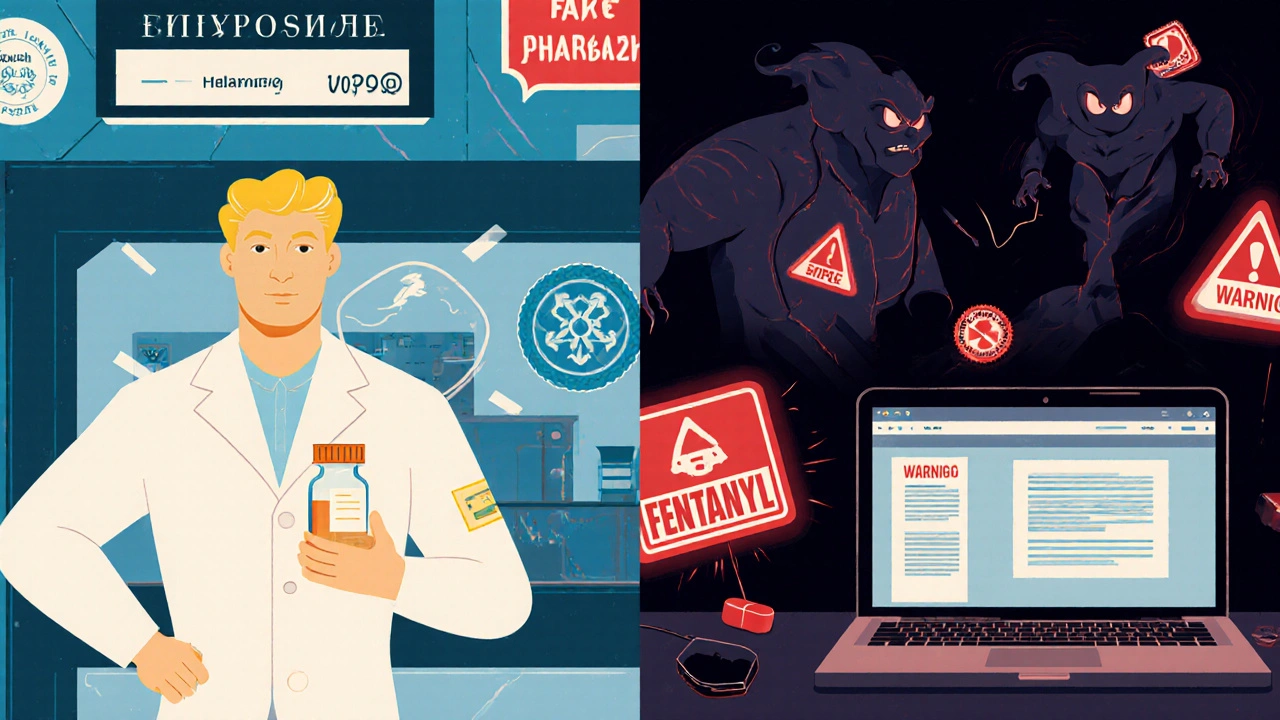
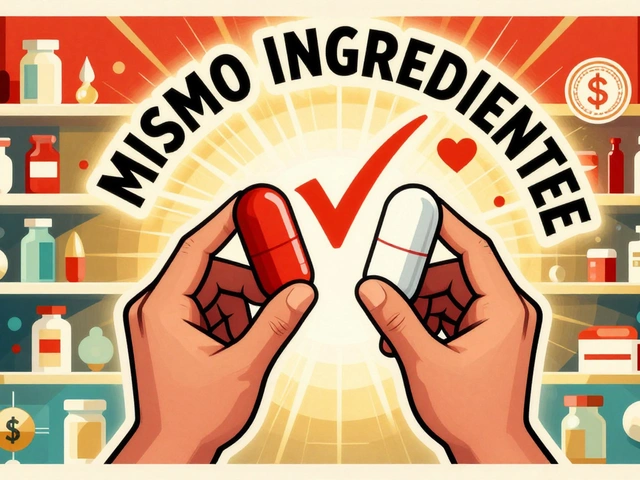
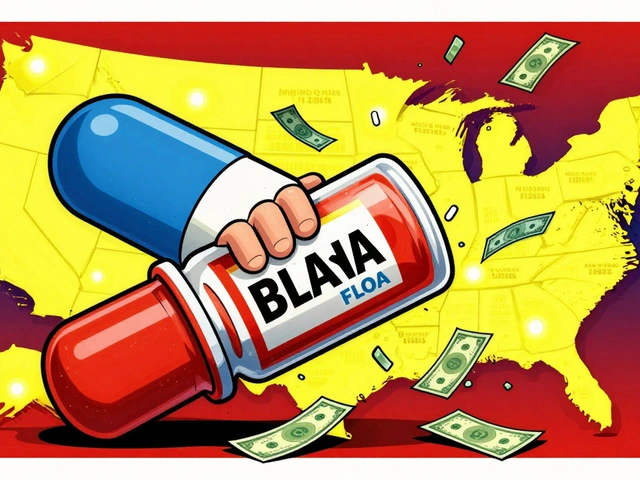
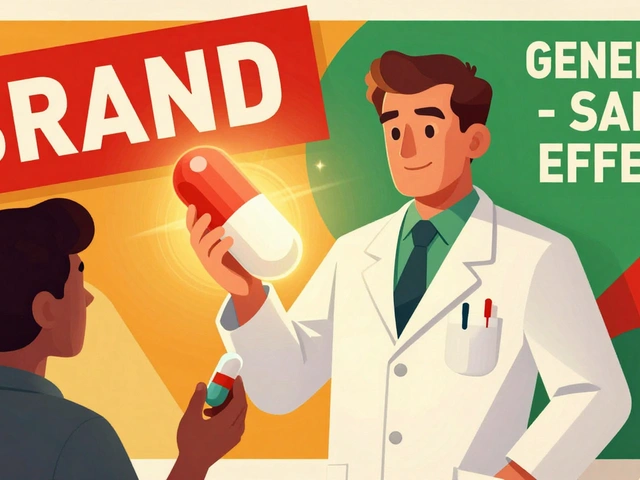
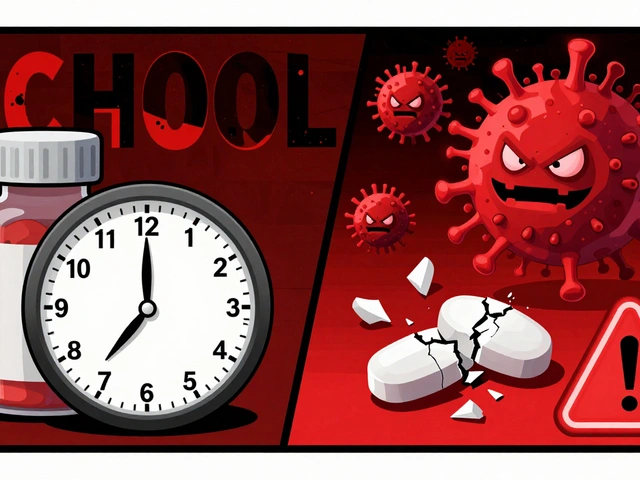
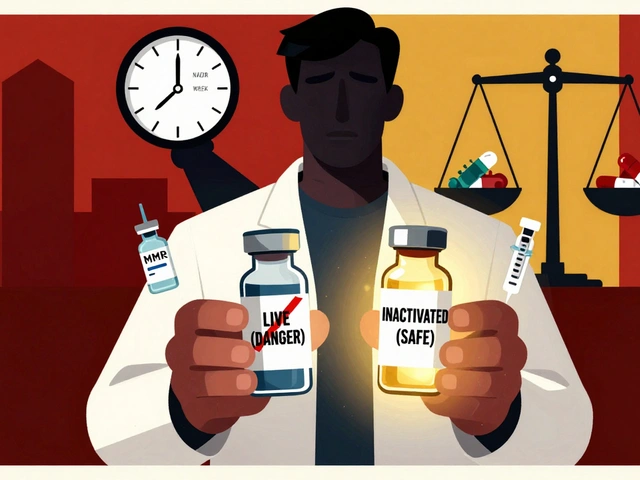
Suzan Wanjiru
November 22, 2025 AT 05:18I used to buy my blood pressure meds from some sketchy site because it was half the price. Didn't think twice until I got dizzy and my doctor asked if I'd switched pharmacies. Turned out the pills had no active ingredient. Checked the license after that and found the site was suspended three months prior. Never again. Always verify.
Kezia Katherine Lewis
November 22, 2025 AT 10:00The VIPPS seal is a critical differentiator in the digital pharmacy ecosystem. While NABP Verify confirms licensure status at the state level, VIPPS certification validates operational compliance with FDA-recognized standards for internet pharmacy practice, including secure prescribing workflows, pharmacist accessibility, and encrypted patient data handling. Failure to distinguish between these two frameworks exposes consumers to significant pharmacovigilance risks.
Henrik Stacke
November 24, 2025 AT 04:03Oh my goodness, I had no idea this was such a massive problem. I thought only people in developing countries got scammed by fake meds. Then I read about that Ohio guy who lost $850 and realized - this could happen to anyone. I just checked my local pharmacy’s license online and it’s active. I feel like I just did something actually important today. Thank you for this.
Manjistha Roy
November 24, 2025 AT 04:35Verification is not optional. It is essential. Every single time. Even if you've been using the same pharmacy for ten years. Even if your neighbor swears by it. Even if the website looks professional. Licenses expire. Pharmacists leave. Owners change. You cannot assume safety. You must confirm it. Always. No exceptions.
Jennifer Skolney
November 24, 2025 AT 05:27Just checked my pharmacy’s license and it’s active! 😊 I used to think this was overkill but now I get it - it’s like checking the brakes before driving. Took 3 minutes. Peace of mind for life. Seriously, everyone do this. It’s free and it matters.
JD Mette
November 25, 2025 AT 12:23I’ve never had an issue with my pharmacy, but I never thought to check. I guess that’s the problem - you don’t think about it until something goes wrong. I’ll look mine up tonight. Better safe than sorry, right?
Olanrewaju Jeph
November 26, 2025 AT 11:20Many individuals in Nigeria and other developing nations rely on imported pharmaceuticals due to local supply chain deficiencies. However, the absence of regulatory oversight in foreign sourcing exposes users to counterfeit agents containing toxic adulterants. The NABP verification protocol, while U.S.-centric, provides a replicable model for global pharmaceutical integrity. National health authorities must adopt similar real-time licensing dashboards.
Dalton Adams
November 26, 2025 AT 12:16Let me break this down for the people who think this is just ‘paranoia.’ The FDA doesn’t regulate foreign pharmacies - period. So when you buy from ‘CanadaPharmaDeal.com’ and it says ‘FDA Approved,’ that’s like a fake Rolex saying ‘Swiss Made.’ The VIPPS seal? That’s the only thing that means anything. And if you’re not using it, you’re gambling with your liver. I’ve seen people die from this. It’s not hype. It’s a coroner’s report waiting to happen.
Javier Rain
November 26, 2025 AT 20:18This is the most important thing I’ve read all year. I’m sharing this with my entire family. My mom takes five prescriptions. She trusts her pharmacy because ‘it’s always been there.’ But guess what? That doesn’t mean it’s safe. I’m walking her through NABP Verify tonight. If you’re reading this - do the same for someone you love.
Laurie Sala
November 27, 2025 AT 02:57I found out my pharmacy’s license was suspended last year and no one told me. I’ve been taking pills that might have been laced with fentanyl. I’m terrified. I’m crying right now. I thought I was safe. I trusted them. What do I do? Who do I call? I need help.
Lisa Detanna
November 27, 2025 AT 11:37People need to stop assuming big chains are automatically safe. I once ordered from a fake Walgreens site that looked 100% real - same logo, same colors, even the same checkout flow. Only difference? The URL was walgreens-deals[.]com. I didn’t notice until I got my pills and they looked nothing like what I usually get. Check the URL. Always.
Demi-Louise Brown
November 28, 2025 AT 13:00Verification protocols are a necessary safeguard in modern pharmaceutical distribution. The integration of real-time licensing data through systems like NABP InterConnect significantly reduces the window of exposure to unlicensed vendors. Consumers should treat pharmacy verification as a routine component of medication management, analogous to checking expiration dates.
Matthew Mahar
November 28, 2025 AT 20:35wait so you're telling me that the pharmacy i've been using since 2018 might not be legit?? i thought they were fine because they have a sign outside?? i just checked and their license expired last month?? oh my god i think i took some bad pills last week??
John Mackaill
November 29, 2025 AT 09:07My cousin in Scotland uses a UK pharmacy that ships to the U.S. He says it’s cheaper and ‘just as good.’ I told him to check the NABP site. He didn’t. Last week he ended up in the ER with liver toxicity. Turns out the ‘generic’ metformin he bought had no metformin at all - just sugar and talc. Don’t be him.
Adrian Rios
November 29, 2025 AT 15:45I work in healthcare IT and I’ve seen the backend of pharmacy systems. The truth is, even licensed pharmacies can be sloppy. I once helped audit a chain that had 17 locations with mismatched license numbers on their websites. One had a license from 2015 that was revoked in 2019. No one caught it because no one checked. And the worst part? The state board’s website was down for maintenance that whole time. So even if you do everything right - the system can still fail you. That’s why you need to call the pharmacist directly. Ask for their name. Ask them to verify their license number. If they hesitate? Walk out. No excuses. This isn’t just about money - it’s about your body. Your life. Don’t be passive. Be vigilant. Every. Single. Time.